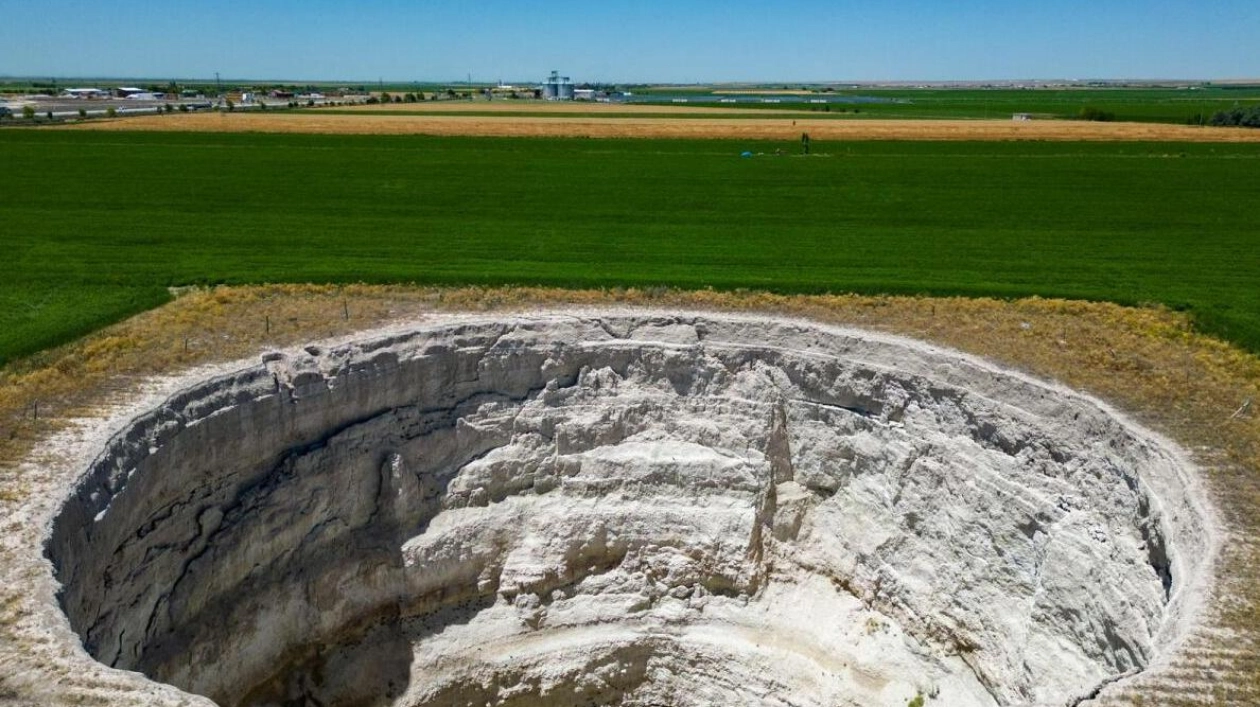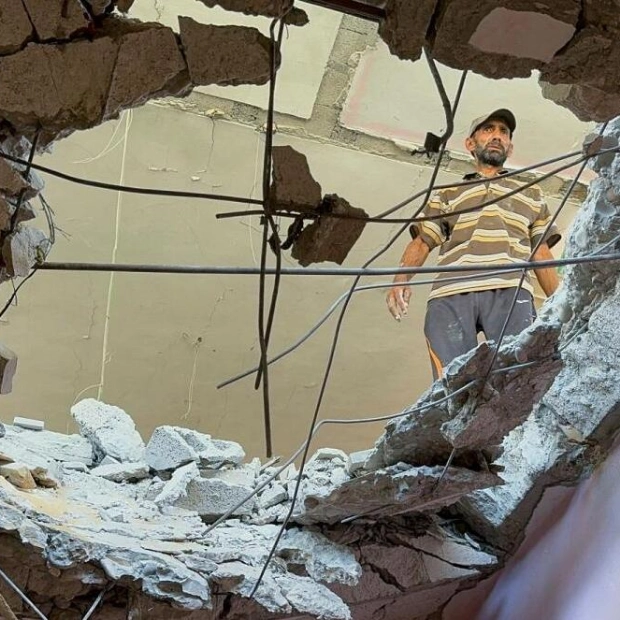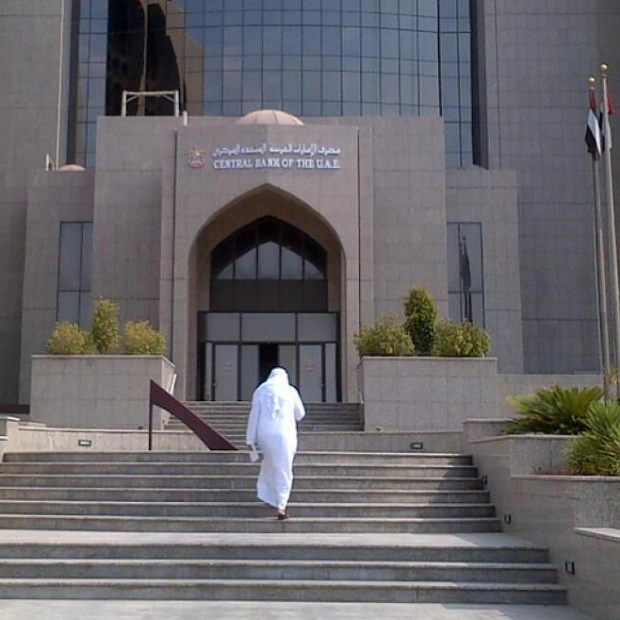Each time Turkish farmer Fatih Sik maneuvers his tractor through his cornfields, he is acutely aware that the ground could give way and engulf him without warning. Two massive sinkholes have already emerged on his property in Konya, a sprawling agricultural province often referred to as Turkey's breadbasket.
"Anywhere I could sink, I keep thinking. And I know I'd be dead at the bottom," the 45-year-old farmer from Karapinar confided to AFP. "But I have to work otherwise my family will starve."
This region of central Anatolia has experienced sinkholes for centuries. However, their frequency has increased in recent years due to prolonged droughts, which have necessitated the excessive use of wells for irrigation, according to experts. Many of these sinkholes are alarmingly deep, reaching up to 165 feet, and can appear suddenly in the vast fields of corn, beetroot, wheat, and clover that blanket the Konya plain.
"One of the major factors with sinkholes is climate change," explains Arif Delikan, an associate professor at Konya Technical University, who has documented 640 sinkholes in Konya, with over 600 located in Karapinar alone. "Around 20 holes have emerged over the past year in Karapinar," he noted, using a hammer to probe the ground around the edge of one.
He and the government's AFAD disaster agency have identified over 2,700 surface deformations and non-seismic fractures indicating a risk of sinkholes that require investigation. Sinkholes form when water erodes the bedrock beneath the surface, causing it to collapse. They can develop naturally or through human activities, known as anthropogenic causes.
They can appear gradually or collapse abruptly with minimal warning. These phenomena were depicted in the 2022 film "Burning Days" by Turkish director Emin Alper, who used them as a metaphor for societal fissures in Turkey.
Last year, Adem Ekmekci experienced a large hole opening up, swallowing several apricot and mulberry trees while he was walking through his fields. "My foot suddenly slipped... I looked down and saw cracks in the ground," recounted the 57-year-old farmer, who has two sinkholes on his 24-acre farm, each approximately 164 feet wide.
"When I returned, the soil had collapsed and several trees had fallen in. It was truly frightening," he said. One sinkhole opened up just 10 meters from his home. Cracks first appeared in 2018, prompting him to seek help from the local council, which sent workers to cover the area with rocks. Two years later, the ground gave way, sinking 20 meters.
"It was so terrifying that I couldn't sleep at home that night," he told AFP. But with no alternative, he has adapted to living with the danger. So far, no one in the region has been injured or killed by a sinkhole, but the threat looms large.
Grazing his sheep, a 27-year-old Afghan shepherd named Omer expressed his fear that the sinkholes could claim his flocks. "God forbid, if one falls in, the others will follow," he told AFP.
Over the winter, rainfall was 40 percent below average in Konya, exacerbating the challenges for farmers in a region that produces 36 percent of Turkey's wheat and 35 percent of its beetroot. Some have resorted to drilling illegal wells to address their water scarcity, thereby weakening the bedrock.
"There are tough days ahead," acknowledged farmer Yigit Aksel, who recognizes that drilling and irrigation are partly responsible for cultivating water-intensive crops like corn and beetroot in this drought-stricken area. Delikan stated that the region has been losing surface water due to drought over the past 20 years, with farmers increasingly relying on deep groundwater for irrigation.
He noted that the water level in Karapinar is dropping "by 10 to 20 meters per year." At Lake Meke, a volcanic crater lake in Karapinar, the water has vanished over the past decade, leaving a dried-up lakebed covered with salt. However, even a desperately needed rainfall could be detrimental, adding pressure to the bedrock and potentially accelerating its collapse, according to experts.
Some entrepreneurs have capitalized on the sinkhole crisis. Last week, Cem Kinay opened a luxurious 13-room hotel inside an 800-year-old Seljuk caravanserai, an ancient roadside inn, perched on the edge of Turkey's oldest and most renowned sinkhole. Half-filled with water, it resembles a lake.
"We need to turn these fears into something positive," Kinay, 66, told AFP. Gazing at the sinkhole, South Korean tourist Seongmo Kim was captivated. "It's the first time I have seen this, it's impressive," he said.
Local villager Gumus Uzun reminisced about her grandfather using the sinkhole to water their sheep and wash clothes about 60 years ago. Back then, the water level was much higher, she noted. "Today it keeps shrinking."






